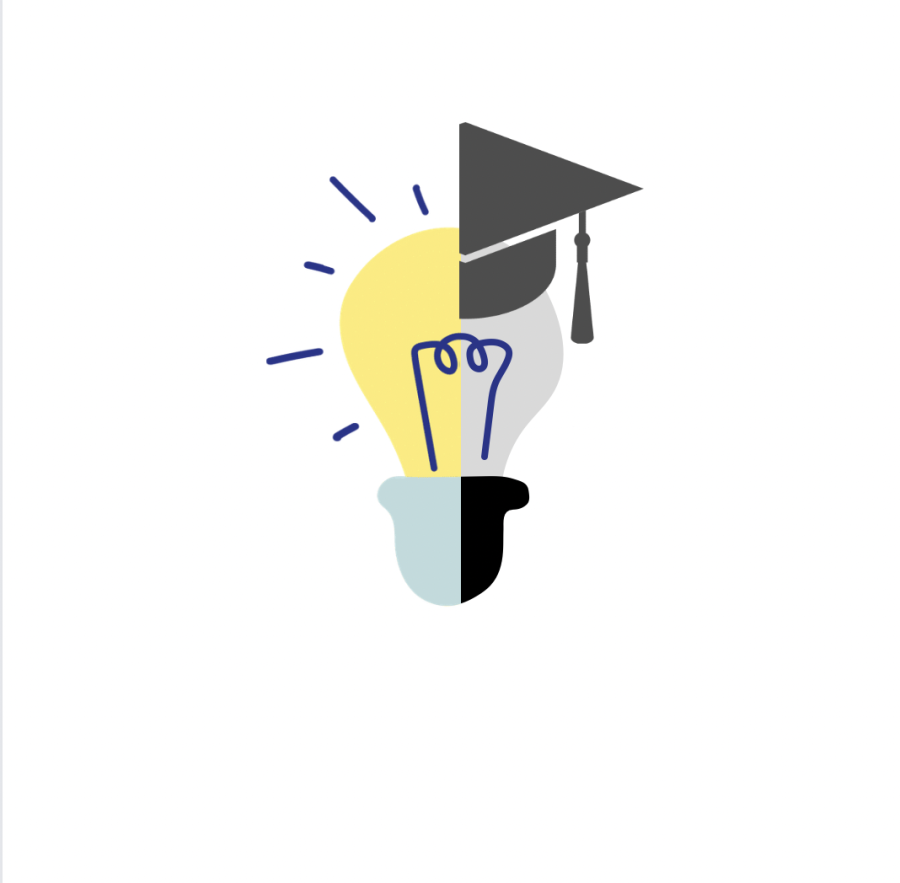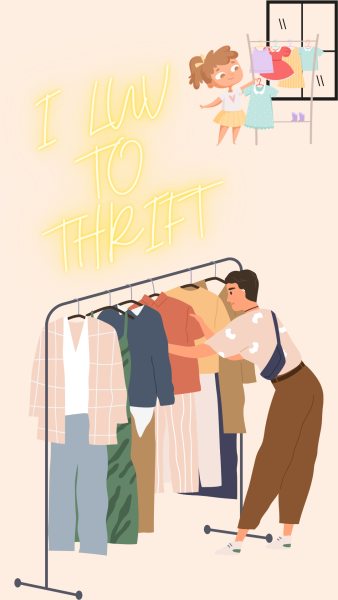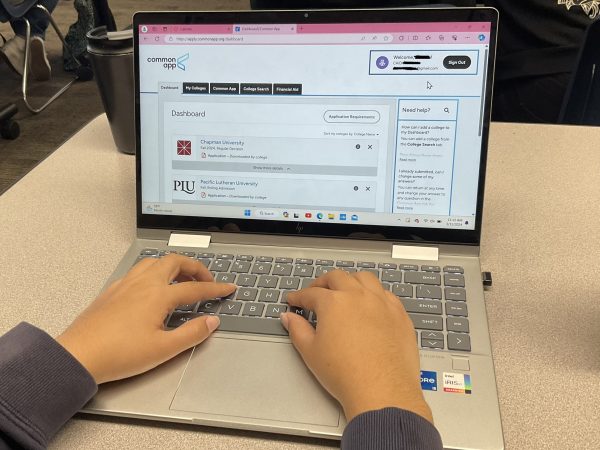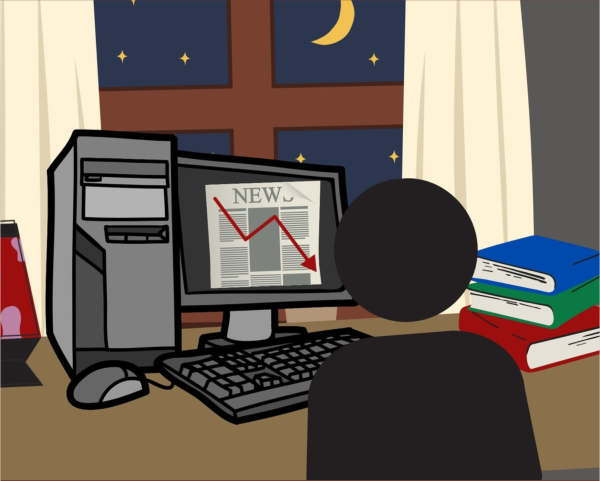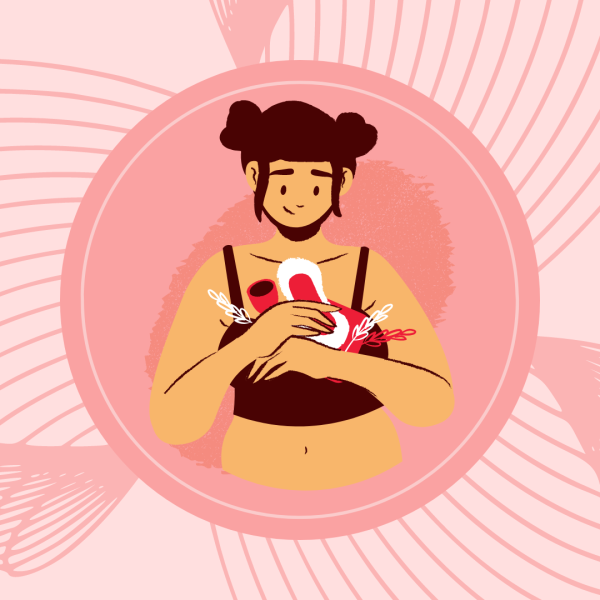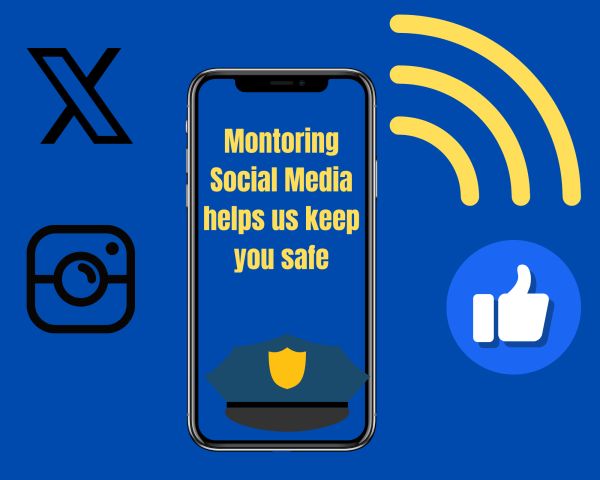Reimagining education
Modernized education is dulling the innovative prospects of students in America.
By the time a student reaches their 18th birthday, they will have spent 49% of their days in school. Do the math: there are 365 days in a year, 180 of those are mandated by the state of California to be instructional days. Nearly half of a student’s life is legally bound to be spent in an accredited institution to receive an education.
Education, as defined by Oxford Languages, is “the process of receiving or giving systematic instruction, especially at a school or university.” That is exactly what it has become, systematic instruction, contrary to an enlightening experience, the second listed definition.
As much as education has allowed for critical advances in society, it is deeply flawed. Instead of being a place of transformative growth, the institution has become a burden, perpetually deteriorating the unique potential within each student.
At the core of public education is the human capital model of education, the model that Ingrid Robeyns describes in her scholarly article, “Three models of education, Rights, capabilities and human capital.” It defines this model as valuing only the production of a student, their productivity, test scores, and tangible successes.
This ideology impacts every aspect of educational institutions themselves, from the environment students “learn” in, to the programs and systems of teaching available. It is the driving factor in compulsory education, in grades, and in measuring marks, each of which has proved to impact the well-being of the students.
Education should aim to provide students with experiences that allow them to grow in every sense of their intellect and character. This self-introspection, this very growth is limited by three factors: the “one size fits all” curriculum, the learning environment, and the total workload.
The curriculum is made up of a set of core subjects that are taught through the 12 years of compulsory education. Senior Valerye Zamudio shares sentiments that are prevalent among almost every student. She explains that the format of education, what is being taught, and how students are being assessed leaves students discouraged, unprepared, and disconnected from the real world.
“So much that I have learned in high school I am going to forget because it’s not what I really want to be learning. But I can’t do anything else because if you’re not good at academics, you are apparently not good at anything else,” she said.
Superb test scores, productivity, and academic performance are kept on a pedestal. But for students like Zamudio who have different career aspirations and interests, learning is limited to only what the state has deemed as important.
As critical as core subjects are such as mathematics, the sciences, and English, this human capital curriculum leaves out something important– the intrinsic value of education: the experiences and classes that allow a student to grow personally and internally beyond having tangible memorized knowledge.
Strong character is made up of traits such as having confidence, self-awareness, self-sufficiency, embracing challenge, and innovation. Many of these traits are developed through meeting new individuals, but this virtue is limited by the format of how schools work. Students are often only introduced to the people in their own grade and school, but they never get a chance to meet other people through networking events or brainstorming sessions with other students different from them.
Senior Arturo Ayala explains his perspective on how he has grown personally.
“I don’t think it’s necessary school that makes us grow, it’s the people around us. When everyone is hyper-focused on getting good grades we become very one-dimensional in a sense. We focused on chasing only this one specific thing: academic achievement,” he said.
From interpersonal skills to a general sense of community, these things are lost through the format of how education works. Additionally, self-sufficiency is not always developed as the majority of a student’s education plan is developed for them, from their schedule to the subjects they learn. Students are not only discouraged from innovating new ways of learning, but also from creating their own opportunities because of how much of a student’s life school takes up.
According to the Director of Student Health Services at Biola University, college stress can lead to “headaches, weight gain, chronic digestive disorders, fatigue, increases [in] blood pressure, insomnia, teeth grinding in sleep, general irritability, recurring feeling of hopelessness, depression and anxiety and low self-esteem. This constant stress keeps students from chasing their career aspirations outside of school. They are forced to direct all of their energy to compulsory education.”
A student who chose to be anonymous puts into perspective what it is like to have to handle hundreds of tasks with only more in sight. This stress only magnifies when they take classes that they feel are of no use to them; classes don’t align with their intrinsic and intellectual interests.
“It’s frustrating…. I’m up at 12 at night trying to complete an assignment, trying to perfect it to get a perfect grade…And at that point, I’m just trying to get it done,” they said.
The very fabric of the human capital system of education places incredible value on a student’s ability to multitask beyond their ability. It is no mystery why students feel pressure and are obligated by the system itself to spend countless hours in addition to school to complete more work. It is evident that students perform best when they are learning and doing things that they love and are interested in. This inner flame and passion for learning is quickly snuffed out by these three factors.
Another student who preferred to stay anonymous explains that there came a point when her anguish about school impacted her physical health.
“Sometimes I blank out and I can’t do anything. Everything feels like it’s suffocating me…The more anxious I get from school, the sicker I physically get. It’s anxiety manifesting itself into physical pain,” she said.
This feeling of crushing pressure is not unique to this student, rather it is one story of many students who have suffered because of the system.
“I think what it has taken away from me is a sense of self. You lose your sense of self because academic achievement is so highly valued. It becomes very difficult to see yourself as a person with value because you’re so hyper-focused on getting that A or that degree,” Ayala said.
Students like Ayala spend years in these institutions, yet express no sentiment of having grown as an individual, of having explored their true potential and talents.
“But when you limit students to only taking certain classes it is really restrictive and it doesn’t give students the creativity and freedom to really explore what they want to do. It doesn’t allow for exploration of interests,” he said.
We shouldn’t ask whether the student is good enough, but instead how the system of education should be better for the student.
Transformative experiences like real-life career exploration, travel, and exploring the arts allow for pivotal character growth. These are uniquely inaccessible to students of lower socioeconomic status. Many of them have only public education to turn to. And public education has failed to provide its students with the tools they need to live a life of discovery, and true internal success.
Many private schools like Sage Hill are able to provide a wide range of courses for their students to take, like substituting yoga for P.E., and they offer over 15 different classes for each subject. In one instance, their world languages department has 17 different classes to offer covering Spanish, French, and Chinese. Their freshman class embarks on trips to the mountains and other places as a means of getting acquainted with other students, discovering who they are outside of school, and starting classes on a positive note. This variety alone and the excursions they provide are one simple factor that plays into a student’s well-rounded education and that should be accessible to students regardless of their family income.
The learning environment is made up of what surrounds students when learning and what they are able to interact with. Contrary to many private schools that have more funding, public schools face unique challenges in their institutions from space to resources. Being constantly indoors creates a disconnect between nature and reality. The “Nature and Childhood Development,” a report by Stephen R. Kellert, explains the positive effects correlated with outdoor education contrary to constant indoor instruction. In order to create an environment where students can grow dynamically, the environment must be intellectually nurturing.
The workload and the time that school takes up in a student’s life has become deteriorating for students who want to excel because there is no genuine connection that motivates the students to go forward with the classes.
The standard has been set as a student who spends every waking hour going above and beyond. But when achievement is the only thing that is put on a pedestal, students don’t feel encouraged to chase their dreams if they don’t yield the common version of success. Chasing the career they authentically want however, is the best way to achieve success. For one does their very best work when they are doing something that they love.
When proposed with the question “What would you change about school?” Many students were stumped at the question, perplexed. In deep thought and clueless, it’s the first time many have been asked such a question.
From a wider perspective, these concerns speak to a much broader issue– the lack of funding accessible across the nation to public schools and the rising inequality gap that is prevalent between the working class and the more affluent. This gap is a gap that starts to grow the second a student child steps into the classroom. From the physical materials available for a student to express their creativity, to the field trips and excursions made available to the students– it is these tools and these experiences that make for character growth.
Senior Fatima Del Carmen expresses a feeling that has gone through the minds of every student that I have spoken to.
“Everything needs to change,” she said.
Educators need to bring students to the table. If we want to change the world, we must start in the place where every one of our students are formed, in the classroom.
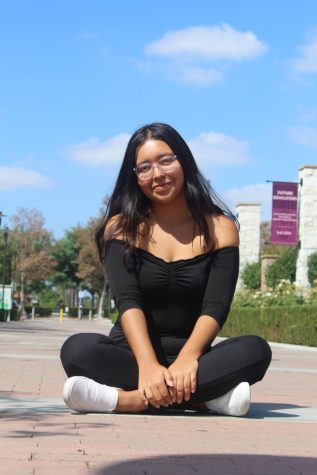
In love with the quiet moments, I will reincarnate as a blade of grass, and I’m going to move to Venice one day.


